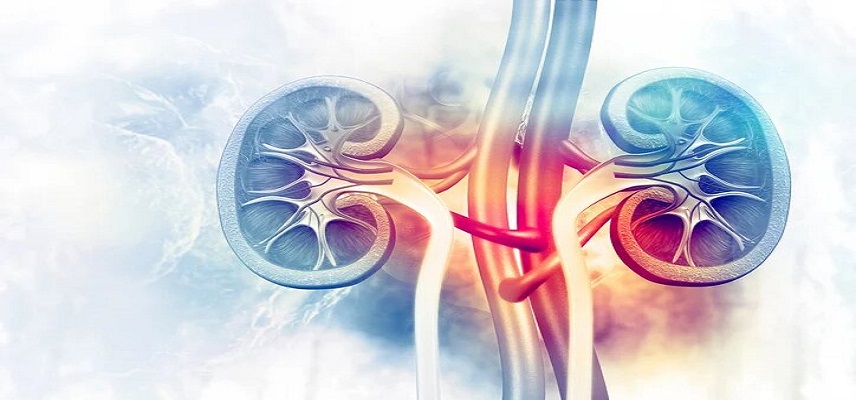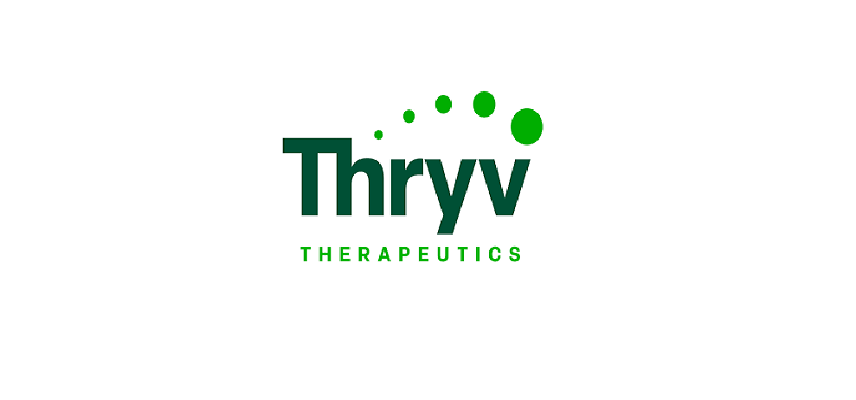Despite Trial Scare, Travere’s Filspari Gains Full FDA
Despite trial scare, Travere’s Filspari gains full FDA nod in kidney disease showdown with Novartis
Overview
A year after missing on a trial endpoint, Travere Therapeutics can breathe a sigh a relief. The FDA has converted Filspari’s conditional nod in the kidney disease IgA nephropathy (IgAN) into a full approval.
Words from CEO: Travere
- As part of the conversion Thursday, the FDA has removed a specific urine protein level requirement from Filspari’s label.
- Now, the only condition for treatment with Filspari is that patients be at risk of disease progression.
- The adjustment will allow Filspari to reach more patients who’re at lower risk of progression, Travere CEO Eric Dube, Ph.D., said in a recent interview.
- The company will be able to promote Filspari’s ability to preserve kidney function, and the full approval could give more doctors confidence to start using the drug, he added.
- During a drug launch, “those later adopters oftentimes look for things like guidelines, support or advocacy from their peers, or in this case, also full approval,” Dube said. “So we do expect that there’s going to be a broader set of nephrologists prescribing.
Accelerated Approval
- Filspari secured its accelerated approval in February 2023 based on phase 3 data showing it could significantly reduce proteinuria (protein in the urine) compared with irbesartan after 36 weeks of treatment.
- Proteinuria is a prominent measure of kidney function, with elevated levels being associated with serious kidney disease.
First non-immunosuppressive Drug
- The drug was the first non-immunosuppressive drug approved for IgAN, a rare autoimmune disease that causes damage to the kidney.
- Travere’s original plan was to use longer-term kidney function outcomes—as measured by the estimated glomerular filtration rate (eGFR)—to support a full approval.
- But in September, the company said the trial, coded PROTECT, had narrowly missed statistical significance on that endpoint.
Still, pointing to a consistent treatment effect across various measurements and in patients with different base levels of proteinuria, Travere filed for full approval anyway after receiving positive feedback from the FDA.
Behind Approval
- The full approval is now based on a modified analysis of 404 randomized patients.
- Unlike the original plan, this analysis counted patients who discontinued treatment early on.
- The previous analysis favored irbesartan because the comparator arm had a higher rate of early discontinuation mostly thanks to lack of treatment effect.
Filspari: Outcomes
- As the new label shows, Filspari significantly reduced the rate of decline in kidney function from baseline to week 110 compared to irbesartan.
- The average eGFR slope from baseline to week 110 was -3.0 mL/min/1.73 m2/year for Filspari and -4.2 mL/min/1.73 m2/year for irbesartan, corresponding to a statistically significant effect of 1.2 mL/min/1.73 m2/year.
- Another element that previously gave Travere confidence came from a public comment made by the FDA’s deputy director of the cardiology and nephrology division, Aliza Thompson, at the American Society of Nephrology 2023 meeting, where the updated PROTECT data were presented.
Thompson on eGFR Slope Endpoint
- During a session on IgAN, Thompson said that the FDA’s understanding of the eGFR slope endpoint is evolving, and that the agency is looking to move away from the complex marker because clinicians don’t completely understand it, Travere’s chief medical officer, Jula Inrig, M.D., recalled in Fierce's joint interview with Dube.
- Since Travere announced the eGFR readout, the FDA has handed out two IgAN approvals.
- The first full FDA approval for an IgAN drug, also converted from a previous accelerated approval, was given to Calliditas Therapeutics’ Tarpeyo in December 2023.
- That conversion was based on eGFR data spanning a two-year period, but with placebo as the comparator.
Because Tarpeyo uses the traditional steroid approach with the active ingredient budesonide, it’s not considered a direct threat to Filspari, which is an endothelin type A (ETA) receptor and angiotensin receptor inhibitor.
Accelerated Approval: for Fabhalta
Then the FDA in August handed Novartis’ complement inhibitor Fabhalta an accelerated approval. The Swiss pharma’s selective ETA receptor inhibitor, atrasentan, is also under FDA review.
Phase 3 Trials: Fabhalta, Atrasentan, Filspari
- The proteinuria reductions shown by Fabhalta, atrasentan and Filspari in their respective phase 3 trials were largely similar despite differences in trial designs and patient characteristics.
- Travere’s trial was a head-to-head between Filspari and the angiotensin II receptor blocker (ARB) irbesartan, while the Novartis trials are comparing its new drugs against placebo in patients who’re also on supportive care, including ARBs and ACE inhibitors.
Filspari: Combined Tablet
- Filspari can be considered a combination in one tablet because of its dual mechanism of action, whereas atrasentan is an add-on to existing drugs.
- Novartis has argued that atrasentan's add-on nature could enable a smooth transition and little disruption to a patient’s existing treatment routine.
- But to Travere’s Dube, adding a new pill may not be a winning formula from a psychological perspective.
Statement from Mr. Dube
- For a patient that has to add on to an ACE or an ARB, they feel like they’re getting worse,” Dube said. Filspari, by replacing an existing med with better efficacy, could give patients a feeling of winning, which will influence doctors’ treatment decisions, he said.
- Keep in mind, these are young patients that have decades of life ahead of them,” Dube said. “So the fewer medicines and the more effective medicines we can put them on, the better off they’re going to be.
- Besides convenience for patients, a single pill also gives physicians assurance that patients are compliant. For a serious disease where the consequence is kidney failure, that reassurance is important, Dube said.
- We know there’s a very robust literature within the chronic diseases, including chronic kidney disease and hypertension, where there is a factor of pill burden, where the more pills you’re on you do have a decrement in compliance and persistence,” Dube added.
On Allowing Use of Separate Pills
- However, analysts at Leerink Partners previously pointed out that having separate pills allows doctors the flexibility to adjust the dose of each therapy.
- But Dube and Inrig argued that the ability to titrate medicine is a very academic concept that’s rarely adopted in real-world clinical practice.
- But in one disappointment for Travere, the FDA’s full approval has kept a liver monitoring requirement in Filspari’s boxed warning.
- Because of a potential risk of liver toxicity, Filspari patients are asked to be tested for liver functions monthly for the first year, and then every three months, during treatment.
- Novartis’ Fabhalta doesn’t have that warning.
Inrig argued that educating doctors and patients upfront about safety will help ensure good uptake of Filspari. The FDA’s concern mostly stemmed from past cases with some endothelin receptor antagonists, while Filspari itself has not seen any cases of drug-induced liver injury.
As for the tests themselves, Inrig noted the requirement shouldn’t be too burdensome because 90% of patients who are at moderate risk for progression are already seeing their nephrologists and getting lab tests done every three months.
Travere is collecting more data on Filspari, including its real-world experience, to potentially ask the FDA to modify the requirement in the future, Dube said.

Optimize Your trial insights with Clival Database.
Are you exhausted from the uncertainty of trial insights pricing? Clival Database ensures the clarity in the midst of the global scenario for clinical trials to you.Clival Database is one of the best databases that offers an outstanding number of clinical trial data in terms of 50,000+ molecules and from primary regulatory markets as well as new entrants like Indian and Chinese markets.
With Clival, you get accurate positioning of historical sales data, patent database, company profiling, safety & efficacy, and prediction of launch of new innovative molecules helping you to align your research and driving down the cost.
To add value, we further break down our analytics for you so that improving your operational effectiveness; optimizing your clinical trials; and offering you accurate and high-quality data at lowest possible prices becomes possible.
Elevate your trial success rate with the cutting-edge insights from Clival database.
Check it out today and make more informed sourcing decisions! Learn More!







